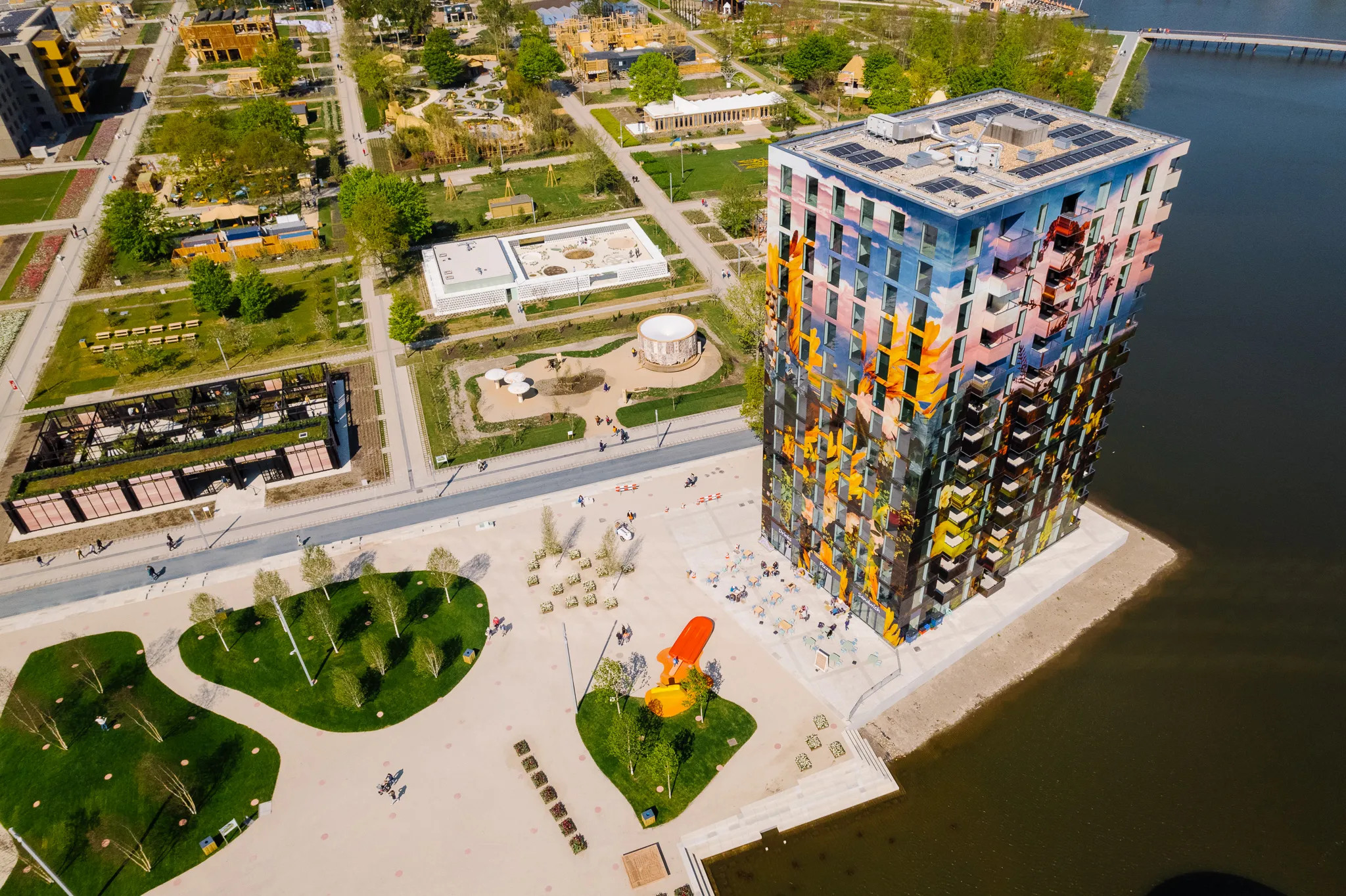Susanne Langer on Architecture
Ethnic Domain, Virtual Space, and the Feeling of Life
DOI:
https://doi.org/10.58519/aesthinv.v6i1.13571Keywords:
Susanne Langer, architectureAbstract
That human thought is essentially symbolic was Susanne Langer’s “new key” to philosophy. No approach might seem less promising for understanding our experience of architecture: apart from a few academics who have confused architectural drawing with architecture itself, most people think of architecture as comprising three-dimensional, physical objects built of wood, stone, steel, glass, and all sorts of contemporary composites, as real rather than symbolic as it can get. We should begin where she did, namely, by distinguishing what she called “discursive” and “presentational” symbolism. Langer’s main point is not merely that architecture provides ethnic domains, but that it provides images of ethnic domains
References
Bell, Clive. Art. London: Chatto and Windus, 1914.
Guyer, Paul. A Philosopher Looks at Architecture. Cambridge: Cambridge University Press, 2021.
Hildebrand, Grant. The Wright Space: Meaning and Pattern in Frank Lloyd Wright’s Work. Seattle: University of Washington Press, 1991.
Kant, Immanuel. Critique of the Power of Judgment. Edited by Paul Guyer, translated by Paul Guyer and Eric Matthews. Cambridge: Cambridge University Press, 2000.
Kaufmann, Emil. Architecture in the Age of Reason: Baroque and Post-Baroque in England, Italy, France. Cambridge, Mass.: Harvard University Press, 1955.
Kaufmann, Emil. Three Revolutionary Architects: Boullée, Ledouz, and Lequeu. Philadelphia: American Philosophical Society, 1968.
Langer, Susanne K. Philosophy in a New Key: A Study in the Symbolism of Reason, Rite, and Art. Cambridge, Mass.: Harvard University Press, 1942.
Langer, Susanne K. Feeling and Form: A Theory of Art developed from Philosophy in a New Key. New York: Charles Scribner’s Sons, 1953.
Langer, Susanne K. Problems of Art. New York: Charles Scribner’s Sons, 1957.
Le Roy, Julien-David. The Ruins of the Most Beautiful Monuments of Greece. Introduction by Robin Middleton, translation by David Britt. Los Angeles: Getty Publications, 2004.
Perrault, Claude. Ordonnance for the Five Kinds of Columns after the Method of the Ancients. Introduction by Alberto Pérez-Gómez, translated by Indra Kagis McEwan. Santa Monica: Getty Center, 1993.
Prall, David. Aesthetic Analysis. New York: Thomas Y. Crowell, 1936.
Rasmussen, Steen Eiler. Experiencing Architecture. Cambridge, Mass.: MIT Press, 1951.
Venturi, Robert, Denise Scott Brown, and Steven Izenour. Learning from Las Vegas: The Forgotten Symbolism of Architectural Form. Cambridge, Mass.: MIT Press, 1971.
Downloads
Published
Issue
Section
License
Copyright (c) 2023 Paul Guyer

This work is licensed under a Creative Commons Attribution 4.0 International License.
Authors who publish with this journal agree to the following terms:
Authors retain copyright and grant the journal right of first publication with the work simultaneously licensed under a Creative Commons Attribution License that allows others to share the work with an acknowledgement of the work's authorship and initial publication in this journal. Note: up to volume 4 issue 1, an incorrect copyright line appears in the PDFs of the articles.
Authors are able to enter into separate, additional contractual arrangements for the non-exclusive distribution of the journal's published version of the work (e.g., post it to an institutional repository or publish it in a book), with an acknowledgement of its initial publication in this journal.
Authors are permitted and encouraged to post their work online (e.g., in institutional repositories or on their website) prior to and during the submission process, as it can lead to productive exchanges, as well as earlier and greater citation of published work (See The Effect of Open Access).






